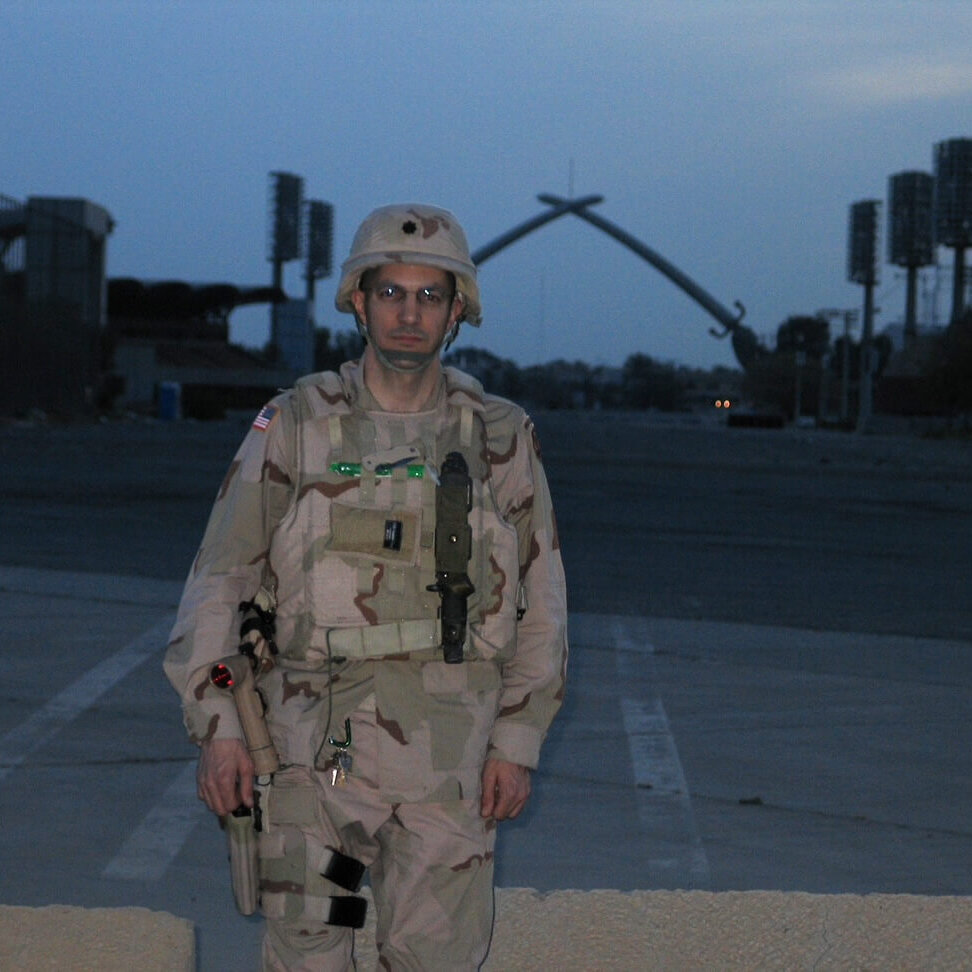These signs and symptoms of Chiari malformation occur most commonly from obstruction of normal cerebrospinal fluid flow and resultant pressure on the brain. This restriction of flow and pressure is just about never a life threatening condition. It causes symptoms but generally not damage. However, the symptoms can be quite bad and about 66% of adult Chiari patients opt for surgery in order to obtain relief. We should note that obviously ⅓ or more of Chiari patients never need or require surgery.
There are no non surgical therapies that can relieve the Chiari condition itself, but generally attempting various non surgical measures to obtain relief of symptoms (sometimes the symptoms are not even from Chiari) before surgery is a great idea. This might include headache medications, weight loss, stopping smoking, reduced extreme activities and reduced stress in lifestyle. Anything that creates a healthier, happier, more relaxed brain will probably help reduce Chiari symptoms. In particular, stopping anything that increases CO2 levels in the blood (smoking and obesity) will help. Finally many studies have shown a strong link between unsuccessful Chiari surgery and poorly treated mental health. If you feel like you have significant depression, anxiety or any mental health issues-getting those in a good place first is a great first step.
If the above measures fail, surgery is very reasonable. The surgery involves an incision on the back of the head and neck with removal of the floor of the skull (sub occiput) and part of the first bone in the neck (posterior arch of C1). Then, a constrictive ligament is released. Finally, the lining of the brain (dura) is relaxed either by opening it and sewing in a patch or deliberately weakening it by making partial thickness cuts along it.
This surgery takes about 2.5 hours and your stay in the hospital 2-3 days afterwards.
Generally, there are staples closing the wound that are removed 10-14 days after the surgery. For 4-6 weeks after surgery you need to not perform stressful, exertional activities. You should walk daily as exercise. Minimize narcotic pain medications because they are often counterproductive after brain surgery since they can actually cause some degree of brain swelling.
Postoperatively, we will see you at about 2 weeks postop for wound check & staple removal, 6 weeks, 12 weeks and 52 weeks; usually with a CT scan and X-rays each time. Between 12 and 24 weeks we will obtain an MRI to confirm increased CSF space behind the brain.
About 20% of Chiari patients will have a brief relapse in the first year, where symptoms return. This generally does not mean something terrible has happened, but probably represents some sort of stress or inflammation at the surgical site, especially the dura. It is usually treated with a Medrol Dosepak and we will make sure you have one at home just in case.
Our team not only brings a wonderful reputation of professionalism and expertise to Bighorn Medical Center, but they also have the endorsement of a large group of loyal and loving patients that have benefited from their care in our area over the years.






